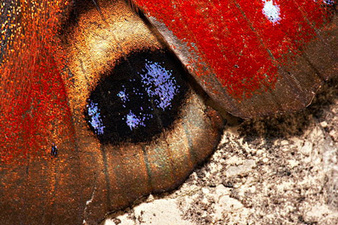"In recent years, the desire to emulate botanical processes for environmental benefit has inspired "design similes," such as cities that behave like forests, buildings that act as trees, or products that operate like plants. Although such comparisons serve to promote ideal goals, they are difficult to put into actual practice. Irvine, Calif.-based Newlight Technologies has found a way to achieve the latter objective, with a plastic that is made by mimicking the material production method of plants. AirCarbon is a type of polyester that is made from air rather than oil. Like plants, Newlight's "GHG-to-Plastic" process captures CO2 from the air, and isolates the carbon and oxygen elements. The company then polymerizes C and O and reassembles them into a long-chain thermopolymer. The resulting plastic is biodegradable, recyclable in multiple stages, and has programmable compostability."
Research and publish the best content.
Get Started for FREE
Sign up with Facebook Sign up with X
I don't have a Facebook or a X account
Already have an account: Login
 Your new post is loading... Your new post is loading...
 Your new post is loading... Your new post is loading...
|
|












